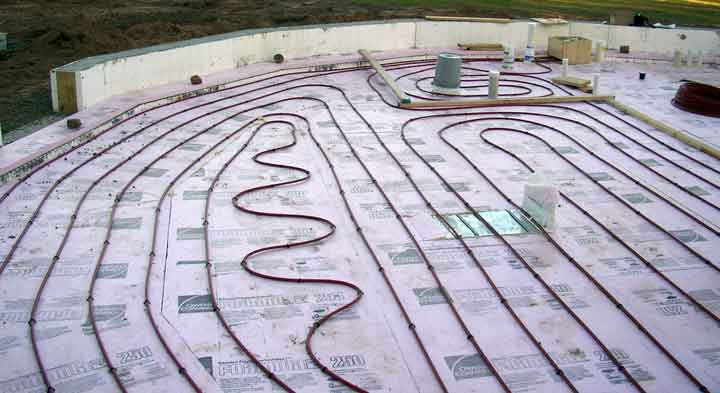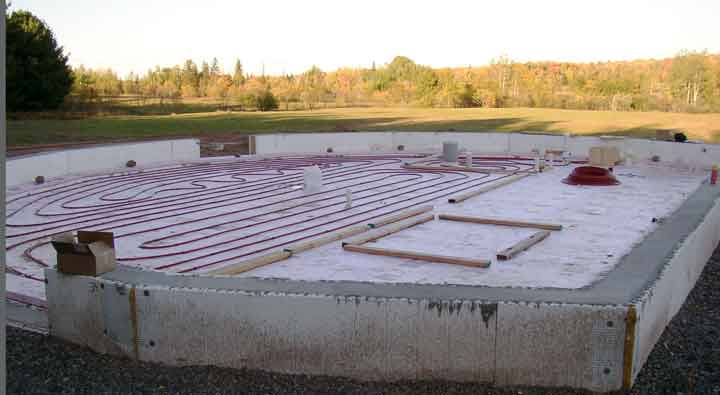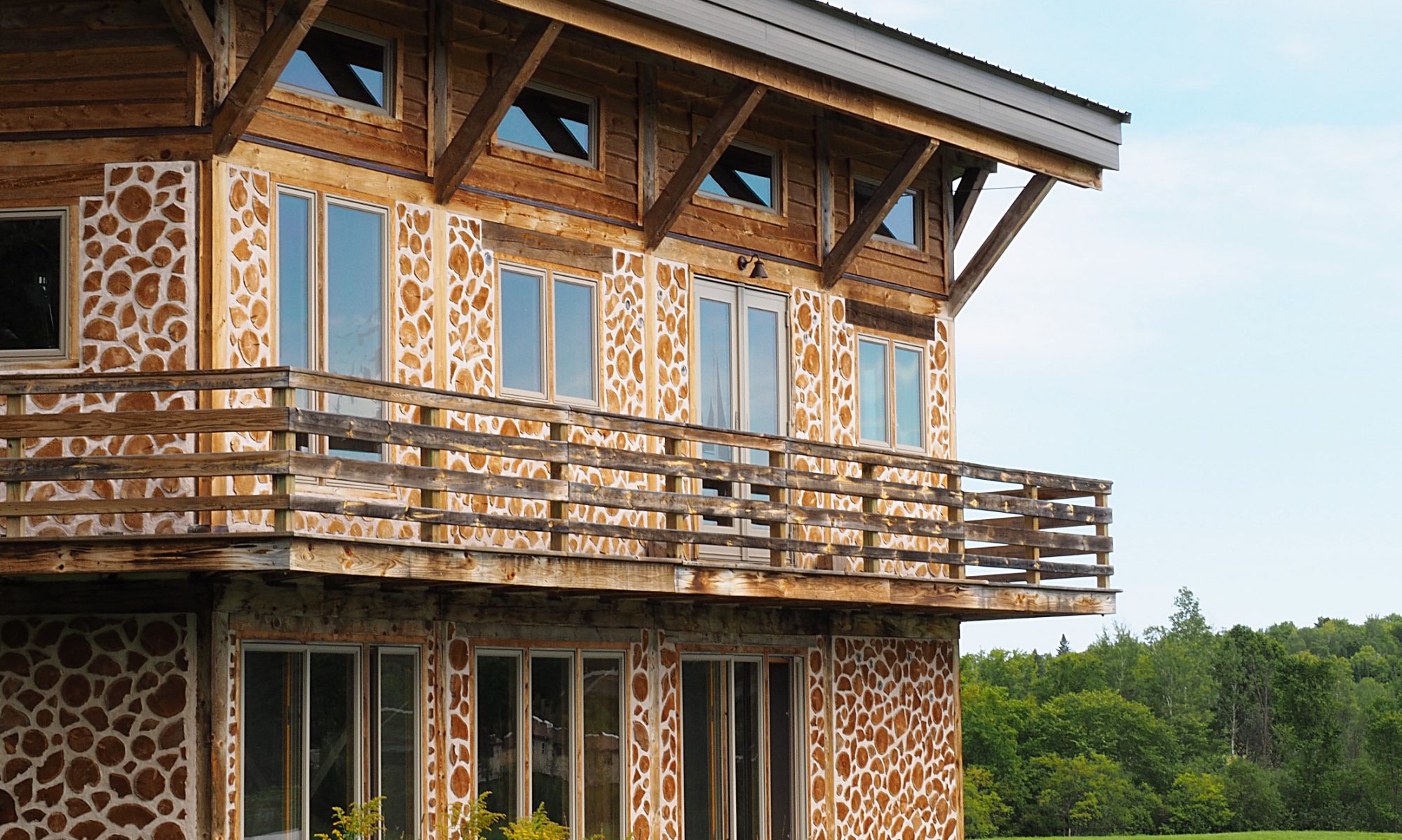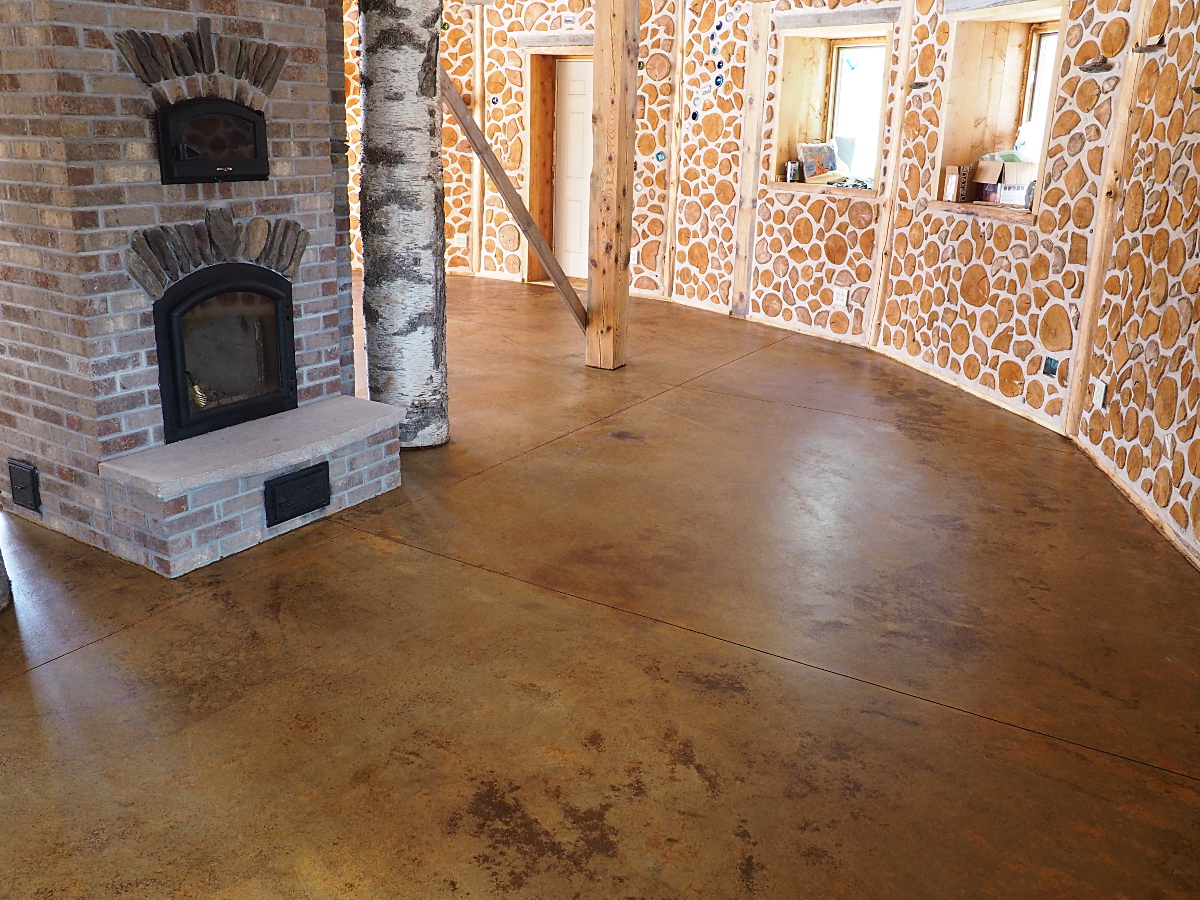At the end of the last post, we were rinsing and scrubbing, scrubbing and rinsing, after acid-staining the floor. According to the instructions, we had to keep rinsing until no more residue remained. This turned out to be a LOT of scrub-rinse-repeat. Our test patch took eight cycles, and, as it turned out, the entire floor took at least that many.
Continue reading “Wax Trax”Positively Radiant

We’re coming into the home stretch now with the foundation. After the plumbing was inspected, we gave Frank the go-ahead (goat head!?) to continue. He poured gravel on top of the plumbing and covered it with sheets of pink styrofoam insulation. The trick here is to insulate enough to keep the concrete floor warm, but still allow some heat to bleed into the ground underneath the house to help prevent the ground from freezing, which would crack the floor. Dave Bach suggested 4″ (R20) of foam around the perimeter, and 2″ (R10) in the center.With his usual dispatch, Frank completed the job in a couple of days, pausing only when a torrential downpour hit on September 22. The next day, Clare and I started stapling pex (a type of plastic) tubing down onto the foam. The pex will be embedded in the concrete floor slab. During the winter, hot water will be pumped through the pex, giving us radiant floor heating. Every single person we have talked to who has radiant floor heat has raved about how great it is, and in our limited experience in other people’s houses, it seems really nice.

The two-by-fours in the picture are there to mark rooms – we thought it would be unnecessary to heat the pantry, and we wanted extra heat in the bathroom. The pexing went pretty quickly; we finished in a few days. When we were done, we pressurized the tubing (50 psi) to make sure it wouldn’t leak into the slab when we filled it with water. A few turns of the wrench, and it seemed to hold just fine. Now to call Frank again for the final few steps.

